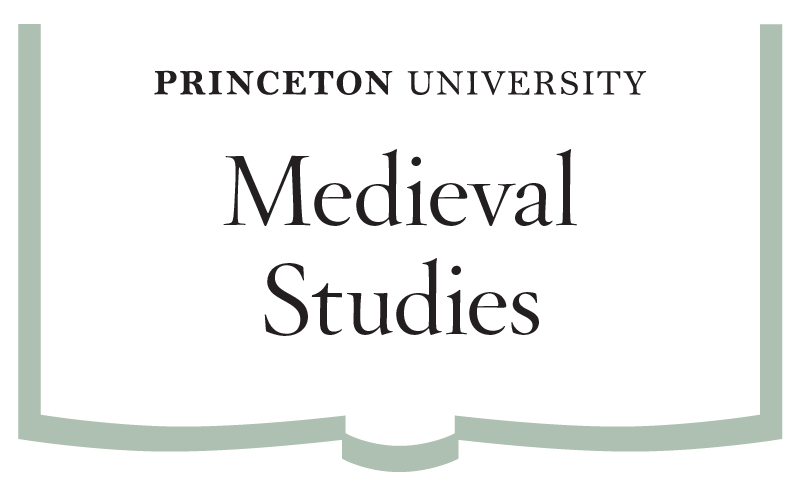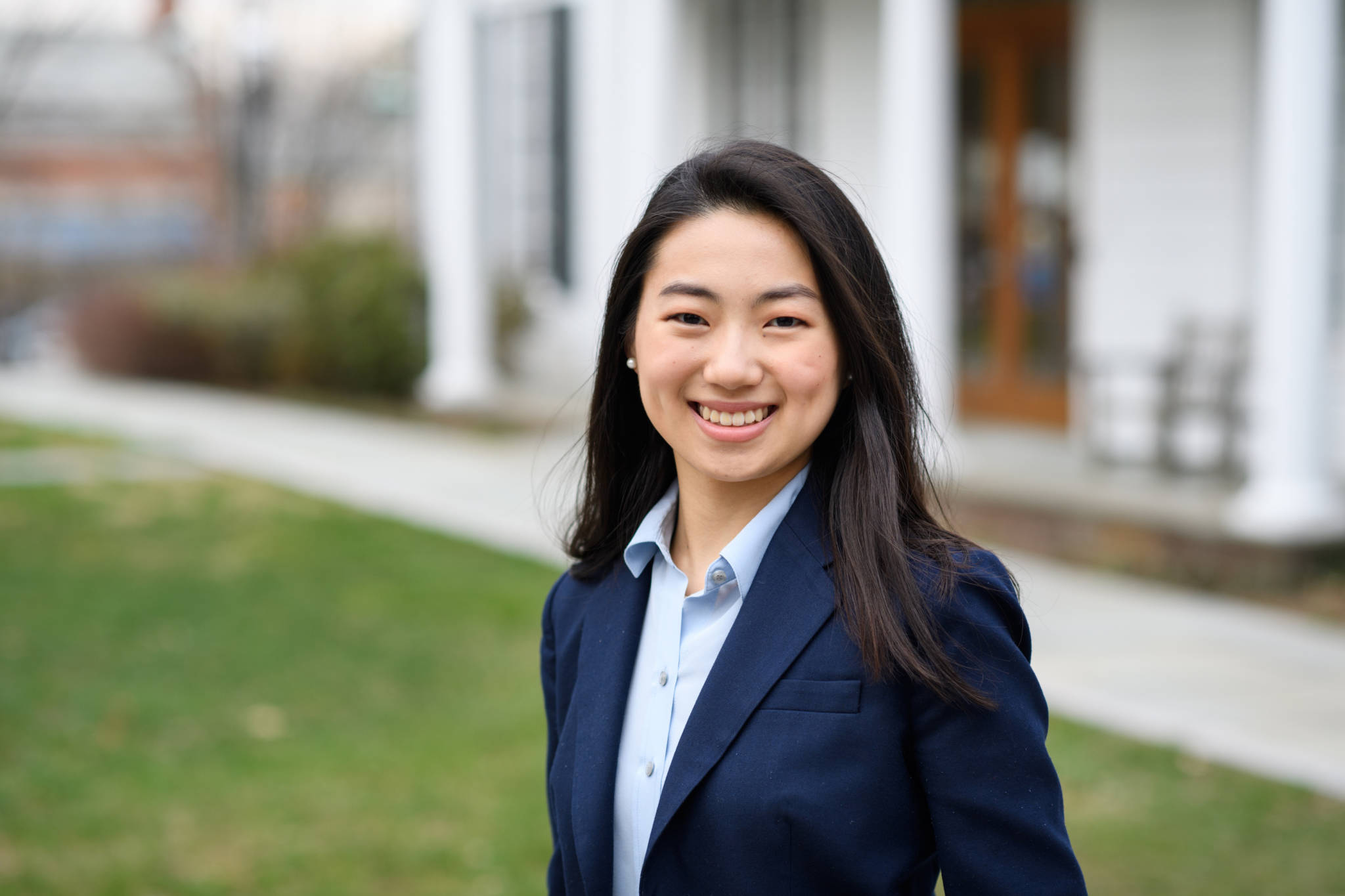Janice Cheon, ’18, German History and Literature major who is pursuing a certificate in Medieval Studies, shares why the comprehensive survey class, Medieval Studies 227, provides a solid foundation for understanding the world in which we live in context of a larger narrative on campus and off.
“MED 227 has the breadth to keep you engaged through nearly 10,000 years of history across three continents,” says Cheon. “And the depth of scholarship that encourages interdisciplinary dialogue and reflection about issues that are relevant in the 21st century.”
What drew you to Medieval Studies?
I’m interested in the reception of medieval aesthetics in successive generations such as Romanticism, German Impressionism, and Expressionism. I wanted to be part of a program directed by Professor Sara Poor whose expertise in gender studies and medieval German literature informed every aspect of our studies. For instance, in the Byzantine Empire, Greek and Latin were taught to women in politically powerful families. Empresses and princesses were politicians. People would petition them, treating them as equals to their male counterparts. They were able to read and write and produce their own records.
The true strength of this course is the weekly guest lecturers who cover topics that build upon one another and include: gender, religion, racism, cross-cultural contact, effects of globalization, trade wars, and themes of life, death and love.
Which lectures resonated the most for you?
Every lecturer is a leading expert in their field, but two lectures stood out for me. The first was co-taught by Professor Beatrice Kitzinger, who specializes in the of Western European Middle Ages, and Professor Daniela Mairhofer, whose main area of focus is working with and analyzing medieval Latin manuscripts.
Professor Mairhofer helped us understand the context and meaning of words on the page, how language evolves. She also showed how the use of iconography helped deepen the literature. The production of manuscripts was labor-intensive, from the curing and processing of animal hides to making vellum, but so was the use of rare ingredients to make pigment. It was interdisciplinary work encompassing literature, art, religion, philosophy, and politics on the page.
Professor Kitzinger had us do a visual analysis of the manuscripts. She asked good questions. What do we over-intellectualized students see on the page? She asked us not to blankly ascribe meaning, but rather to describe what we see. For instance, lapis lazuli, which creates blue pigment, was expensive and rare, meaning it was only used by the wealthy.
You are describing a very interactive process.
Yes! Another that stands out for me was given by Emmanuel Bourbouhakis, Professor of Medieval Greek. During the three-hour seminar, he talked about the content for maybe 20 minutes, and then we held a round table discussion exploring how medieval studies is relevant to the American citizen.
The transmission of Greek and Roman philosophy came through the Islamic world and the Islamic intellectual tradition. Islamic scholars translated the work of the philosophers and spread that information from intellectual capitals like Baghdad to Europe. The transmission of Roman myth through the lens of the Middle Ages forms our concept of our own republic.
If you are interested in finance or banking, this course would be worth it. The banking system arises out of the records of the Middle Ages, the rise of trade guilds and cities and communication beginning in the early centuries of the first millennium.
Did anything particularly surprise you?
Something we learned related for me to the Princeton & Slavery Project. It’s important to know and understand how the slave trade was built and that justification that the slaveholders used to perpetuate slavery. You can learn a lot from the medieval era. One example of that perpetuation is the design of mansions of the Antebellum south. The imposing porticos and columns symbolizing utter power were modeled on the villas from the Roman Empire.
There are so many aspects of medieval society that seem relevant to our world.
Exactly. It spanned such an important period of time from the fifth to the fifteenth centuries. People were migrating. Christianity took hold during this period as did Islam. Our world is as chaotic now as it was then and there were turning points we, as a society, can look at to inform how we function and what mistakes we might avoid.
Dr. Bourbouhakis even pointed out that we are going back to the Middle Ages on our laptops. The last time we read in scroll form was in antiquity.
What would you say to students who consider taking MED 227?
Whether you are pursuing a certificate or not, you will be challenged in the best way to rethink how you view the world and your course of study.
Interview by Joy Stocke













